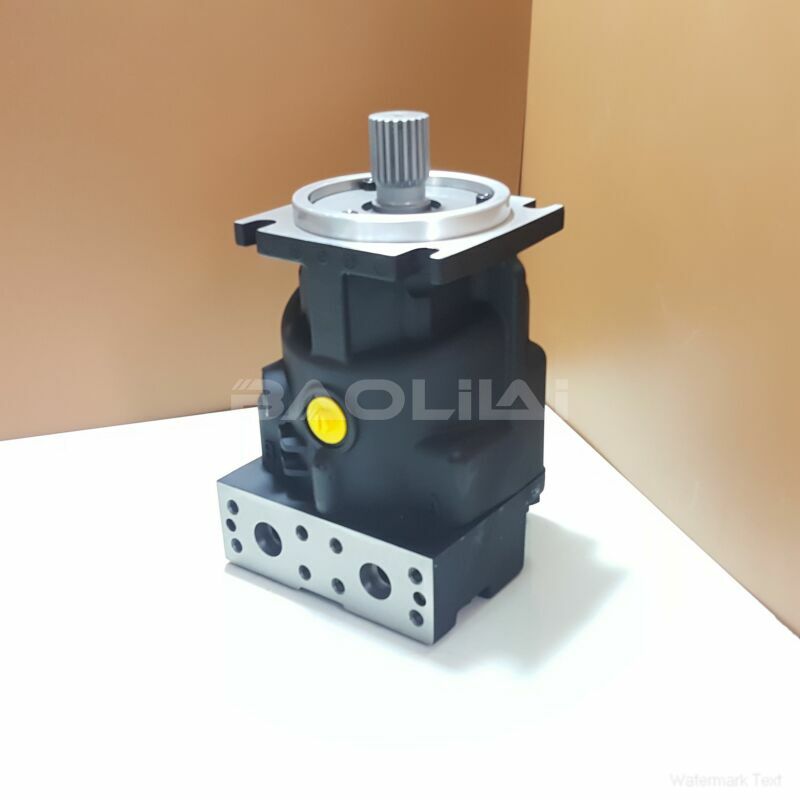90M100NC0N8N0F1W00EEA0000F0 piston motor
90M100NC0N8N0F1W00EEA0000F0 piston motor

- Product Details
- Applicable Scene
In the realm of high voltage motor design, the importance of acoustic testing cannot be overstated. As electric motors serve critical roles in various industries, from power generation to manufacturing, ensuring their reliability, efficiency, and sound performance is paramount. Acoustic testing provides insights into the operational characteristics and potential issues of these motors, influencing design, manufacturing processes, and overall product quality.
90-M-100-NC-0-N-8-N-0-F1-W-00-EEA-00-00-F0
90M100NC0N8N0F1W00EEA0000F0
One of the primary benefits of acoustic testing in high voltage motors is its ability to detect unforeseen mechanical issues. During operation, motors generate vibrations and sounds that can signify imbalances, rotor misalignments, or bearing failures. By conducting acoustic tests, engineers can identify these anomalies early in the design phase. This proactive approach not only enhances motor performance but also extends the life of the equipment and reduces maintenance costs.

9631085
Furthermore, acoustic testing is essential for compliance with industry standards and regulations. Many sectors require motors to adhere to specific noise level limits to minimize their environmental impact and enhance operator safety. Through rigorous acoustic testing, designers can ensure their products meet these standards, avoiding potential legal and financial repercussions while also promoting a more sustainable operational environment.
The role of acoustic testing extends to enhancing the overall user experience. High voltage motors are often installed in areas where noise pollution would be detrimental, such as hospitals or residential zones. By optimizing designs based on acoustic test results, manufacturers can produce quieter motors, which not only comply with local regulations but also improve the satisfaction of their end-users. A quieter operation often translates to a better working environment and reduced stress for personnel and nearby communities.
Moreover, advanced acoustic testing techniques, such as sound intensity mapping and finite element analysis, allow for a deeper understanding of sound propagation and its sources within the motor. These techniques enable engineers to refine motor designs iteratively, tackling specific noise-generating components before they reach the production stage. This detailed analysis improves the probability of delivering a product that meets both performance and acoustic objectives.





